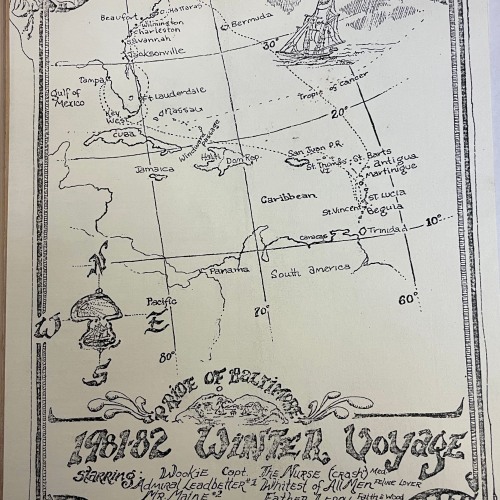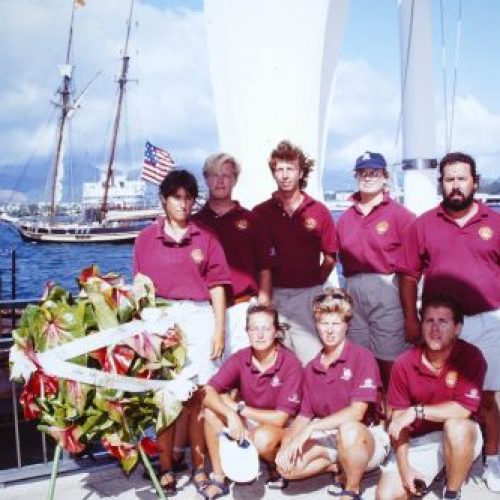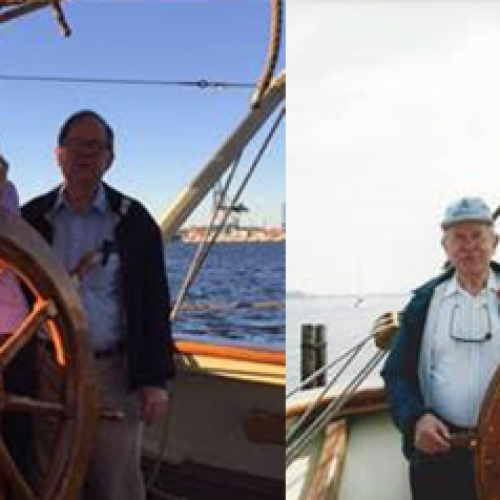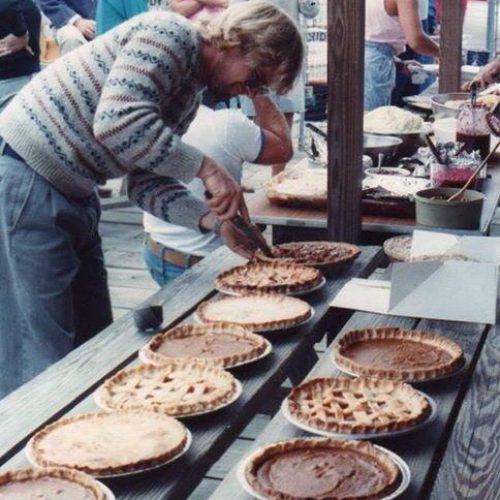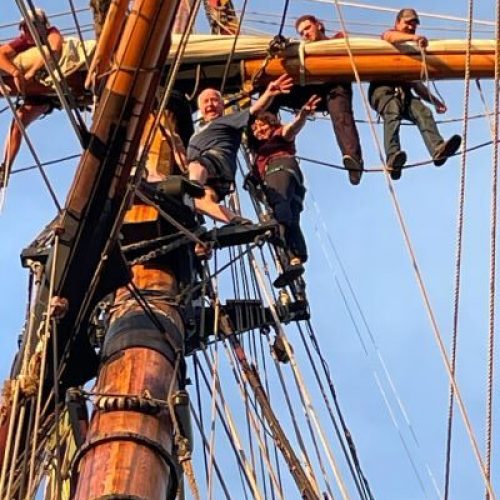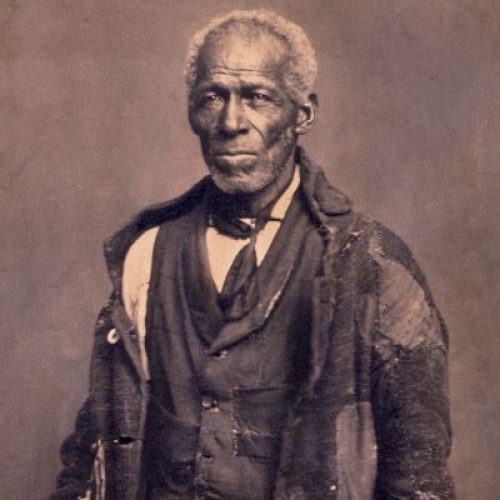February 11, 2011
It has been windy…50 miles per hour…We suffered cover damage…
It has been snowy…a very wet snow…we suffered cover collapse…
It has been cold…morning temps in the teens…but the work has continued…
The work has continued has been the main theme of this year’s winter maintenance. Notwithstanding setbacks, the spars continue to be sanded and varnished. Blocks continue to be maintained ~ cleaned, sanded, varnished, greased and re-stropped. Down-below living areas continue to be sanded and varnished. The galley diesel stove-top was removed and cleaned, stove-burner-top and heat areas cleaned of accumulated carbon, then stove-top reassembled/installed with new sealing compound.
Except for the weather all sounds pretty simple doesn’t it? Well, those familiar with a large traditional square-top-sail schooner will know none of the above is simple…especially with the weather complications.
Altogether the varnishing of the spars represents 400 feet of cylindrical shape of 10″ to 12″ diameter…which corresponds to a 36″ swath of surface to varnish that is 400 feet long. But do not let this seem easy to you…a schooner’s cylindrical spars’ to be varnished is a curving surface with obstructions that need to be negotiated with a brush while either bent over the spar or while sitting on the cold frozen ground peering up at the spar from underneath while trying to smooth the varnish out uniformly. After sanding and patch varnishing the bruised areas four times the spars receive three full coats of varnish…sanding is required between each coat of varnish.
The historical time period PRIDE OF BALTIMORE II represents means her rigging blocks are held in position with rope that wraps the shell of the block and is then looped in an eye at either one end or both ends to enable it to be attached in the rig where needed. The loops that go around the shell of the block are called strops. Today, block no longer have strops. Instead there are metal straps that do not require removing from a block in order to be able to pull the sheave pin to look at the bearing of the sheave. To remove a strop and put it back requires undoing one or two seizings that are lashed around the strop to tighten the encircling strop around the block shell and capture the thimble located in the strop loop at one or both ends of the block. There is significant time needed to ensure seizings are done properly…after the time taken to remove the strop through removing the old seizings, pull the sheave pin and sheave for inspection, sand and varnish the block shell, re-install the re-lubricated sheave pin through both the block shell and the re-installed sheave. PRIDE possesses 200 blocks of various sizes. We routinely disassemble a third of them annually…unless we observe a need to do so to more of them. Blocks not disassembled are sanded and varnished without removing the strop.
Down below certain areas require varnishing every year. The down-below area decks (cabin sole) and the galley counters are re-varnished every year. The total area represents about 20 feet by 100 feet. The area is first sanded and cleaned to get rid of the dust. Because of the various areas of cabins and other obstructions like the galley counter supports, saloon table & bench, as well as deck support stanchions (posts) and water-tight bulkheads, there are a lot of edges to work with. It can take a week’s work to get surfaces prepped properly. It takes a day to varnish. But with the temperature it can take nearly a week to dry.
Other critical work that is done every winter includes standing rigging inspection and maintenance of shrouds that hold up the topmasts. We are able to inspect and maintain the lower mast standing rigging during the sailing season without having to remove them.
Occasionally we schedule special maintenance. These require more workers than the half dozen willing sailors led by us captains. Captain Jamie Trost is acting as the winter foreman. He consults with me on the projects as well helps me with forward planning by the office staff for the coming year of activities and voyages of the ship.
The winter maintenance crew has been at it since the New Year. Five day work weeks. They live not far from PRIDE’s winter berth. At the end of February, this crew will be replaced by the coming Spring sailing crew. Some of this year’s winter-crew will stay on as Spring Crew, and thus move aboard PRIDE along with the other crew coming from all over the country. Together they will take over the maintenance projects and begin to reassemble PRIDE for the coming sailing season…happy that winter is over for another year…and sailing is not far off.
Cheers,
Jan C. Miles, Captain, Pride of Baltimore II

